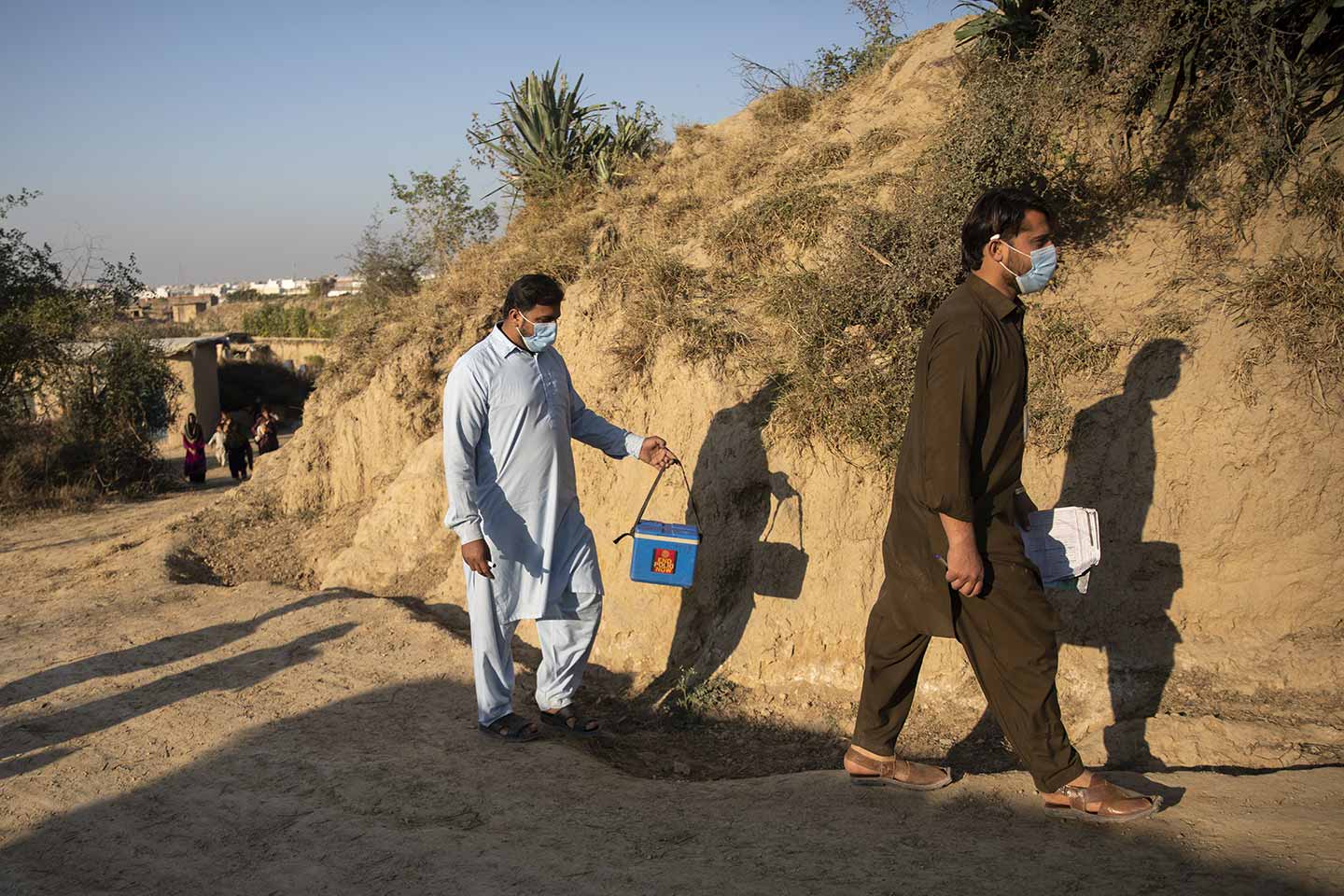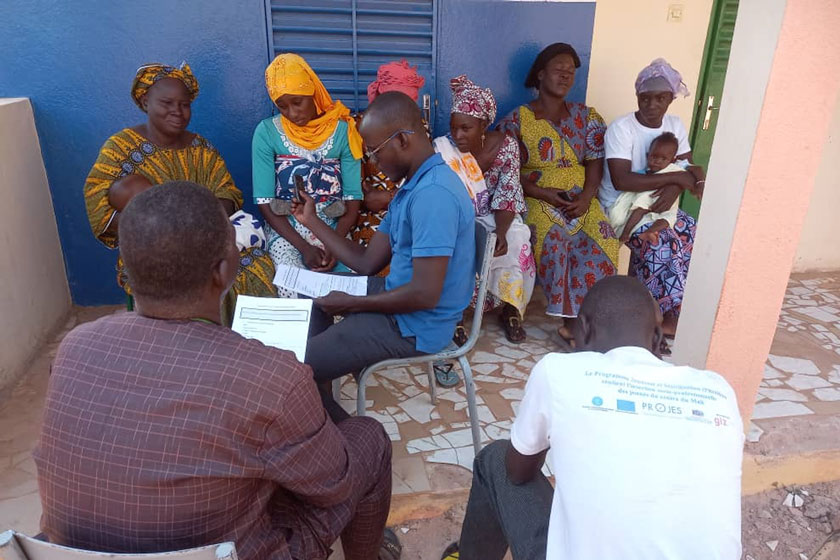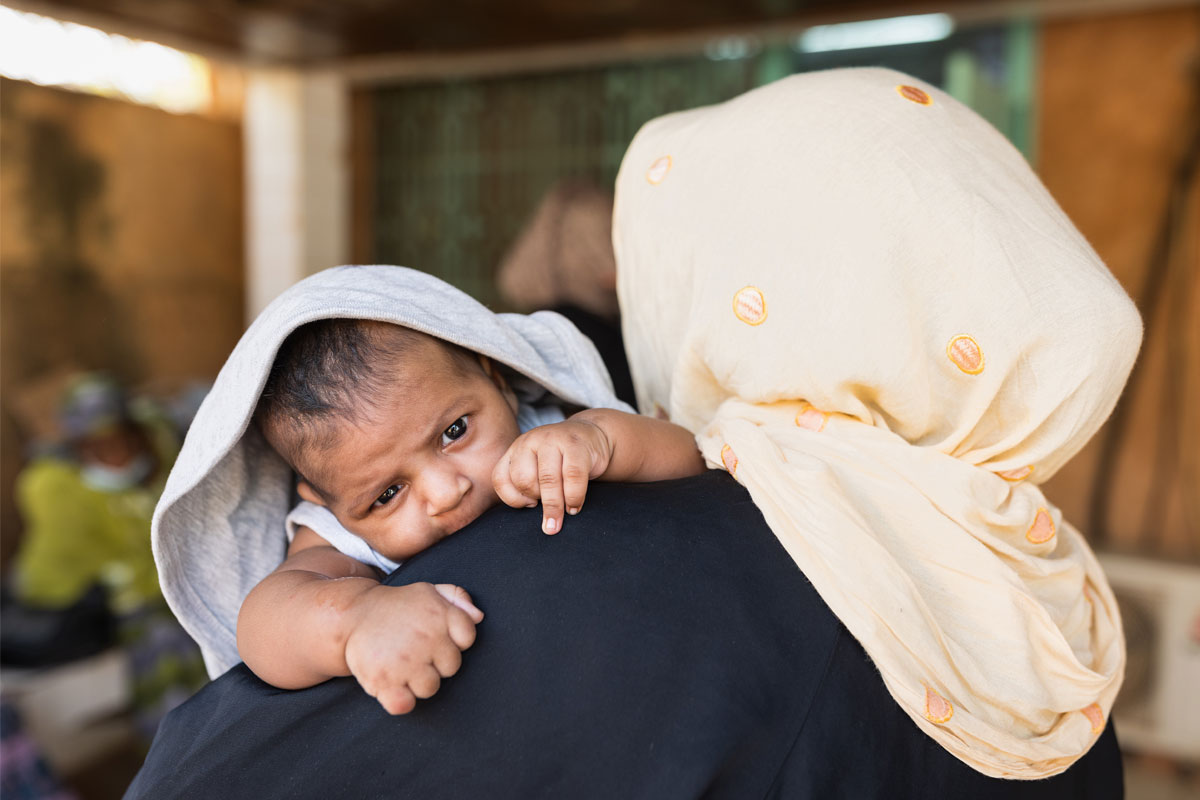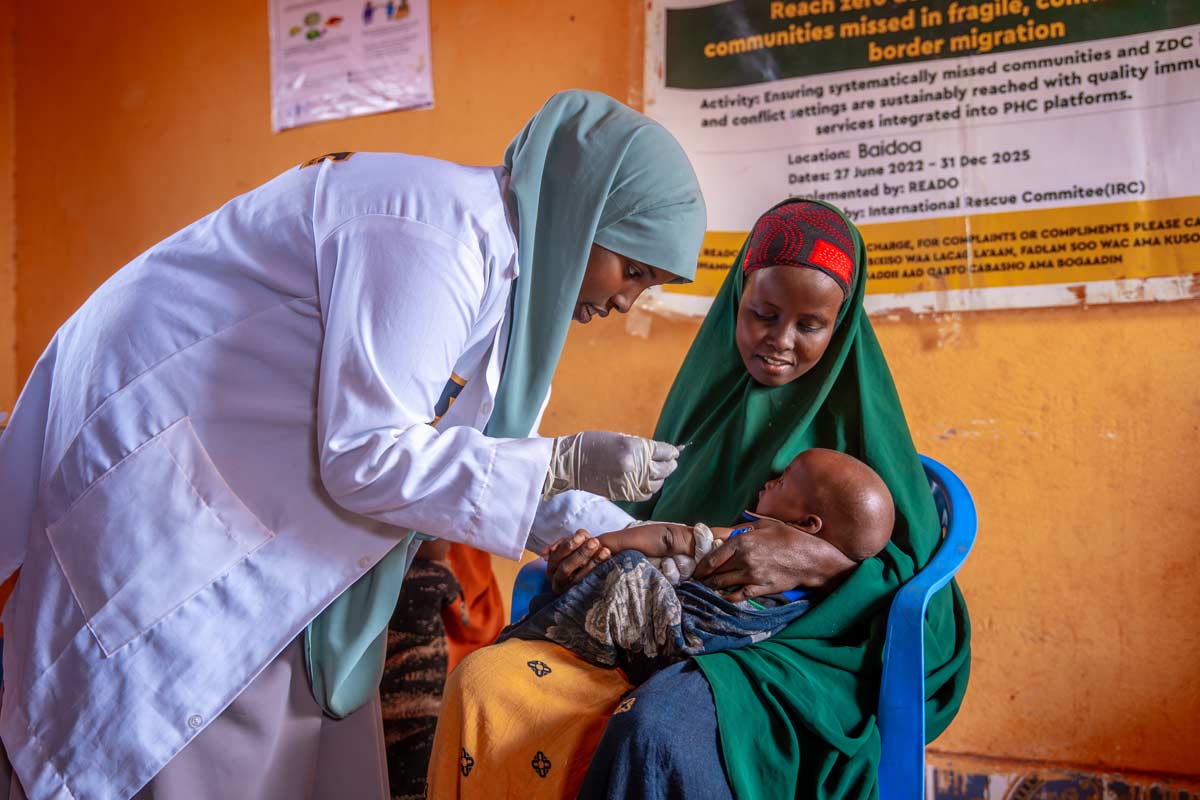Planning for Success: Project Management Teams for the CCEOP
The first in a three-part series of blogs highlighting key lessons learned since the launch, four years ago, of the Cold Chain Equipment Optimization Platform (CCEOP), established by Gavi, the Vaccine Alliance, to ensure optimal cold chain equipment is available in low- and middle-income countries for vaccines. A prospective study, led by JSI, has identified notable successes and opportunities for improvement in the structure of the CCEOP.
- 25 February 2021
- 4 min read
- by JSI

How do you deploy more than 85,000 pieces of cold chain equipment (CCE) to more than 50 countries, spanning urban settings to the hardest-to-reach areas? And how do you do that efficiently and effectively while ensuring coordination and planning?
That is one approach that Gavi is using to ensure that thousands of pieces of cold chain equipment are available to keep vaccines cold and ultimately save lives.
These were some of the questions that Gavi, the Vaccine Alliance had to address when creating the Cold Chain Equipment Optimization Platform (CCEOP) in 2015 as a mechanism for low- and middle-income countries to access optimal cold chain equipment to keep vaccines cold. Without a reliable cold chain, vaccines will not be effective at preventing diseases.
One approach Gavi included to achieve this global CCEOP goal involved requiring each country to create a Project Management Team (PMT) to plan and manage the equipment received through the CCEOP. The PMTs are responsible for developing the operational deployment plan to identify where equipment will be installed; tracking installation progress and checking records from the installation teams; and following up on post-installation issues that need to be resolved with the equipment. They report back to UNICEF, as the procurement agent, and to Gavi, and continue to provide oversight to the equipment.
The PMTs are made up of representatives from the Ministry of Health Immunization Program and key partners involved in immunisation and the cold chain, often leveraging the existing National Logistics Working Group. Being part of the PMT builds in-country expertise and provides a collaborative forum to support immunisation activities. The PMT structure and requirements add additional guidance, mandates, processes to follow and ownership of all aspects of the CCEOP.
Have you read?
This is a daunting task required of the PMT. Significant details are required to plan and adjust for last minute changes during deployment and installation. For example, planning for the new equipment requires an updated CCE inventory, knowing the working condition of each piece of equipment, which piece of equipment needs replacement, and which are currently used to capacity and require additional space. The information must also include which health facilities have electricity, to know if solar powered equipment is more reliable. There are also “minor” details, such as knowing how wide the doors are in the health facility to determine if the replacement CCE can fit through them, for thousands of facilities in each country. A very daunting task indeed.
Results from the midline assessment of a three-country evaluation led by JSI in Guinea, Kenya and Pakistan show that the PMT structure put in place is working. The PMT played an active and effective role in CCEOP deployment and coordination, demonstrating ownership and strategic thinking. The team was active in responding to last minute changes in installation, revising the deployment plan when needed, and still achieving timely deployment in these three countries.
I think the existence of a PMT made planning possible and well-structured and organised in a way. Because it brought people together. Everything was being designed from scratch. Just the thought, processes, the sharing also made it maybe a smoother process…
EPI Official, Ministry of Health, Kenya
The PMT is the coordinator of all this [CCEOP implementation] on the ground. It can be said that the PMT had a positive effect on the implementation of the deployment plan, the installation plan and the commissioning of the equipment.
Partner, Guinea
This is a demonstrated strength of the CCEOP. The PMT created a structure for effective planning and close monitoring of CCEOP activities, and through this structure, countries have ownership and are demonstrating leadership skills required to manage such a daunting task.
That is one approach that Gavi is using to ensure that thousands of pieces of cold chain equipment are available to keep vaccines cold and ultimately save lives.
In partnership with:










